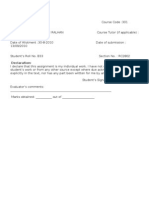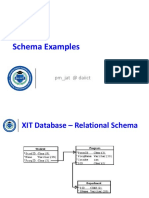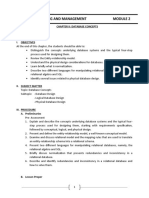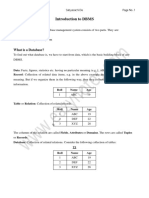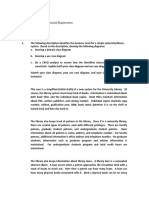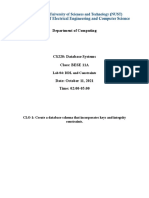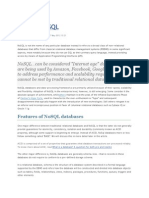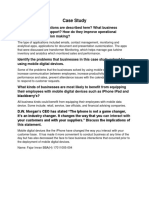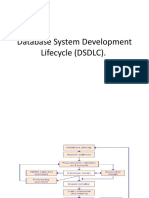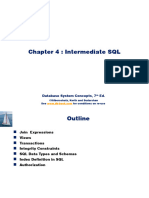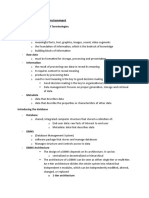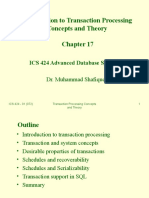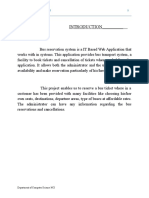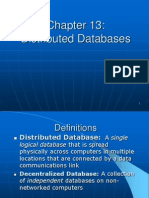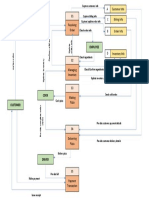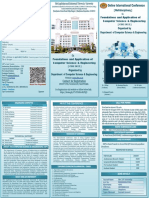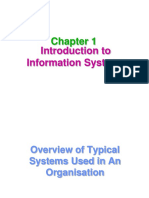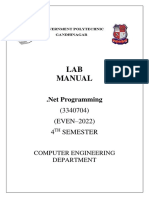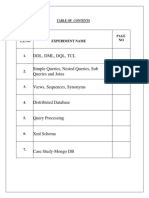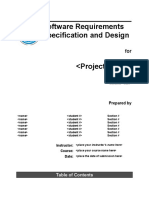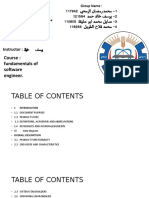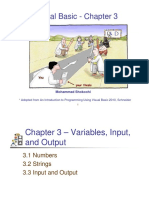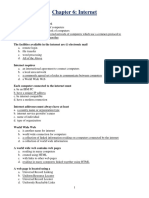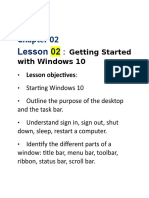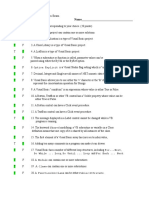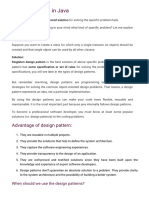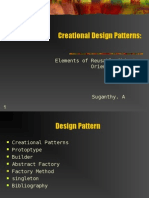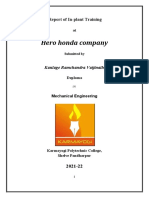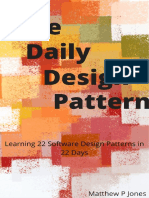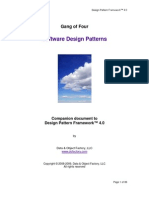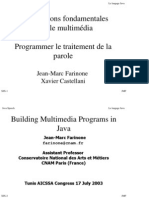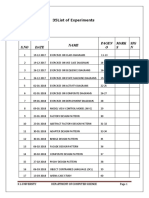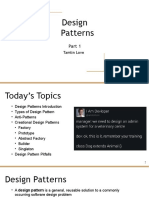0% found this document useful (0 votes)
249 views27 pagesSoftware Requirements Specification:: Online System To Learning Center
The document outlines requirements for an online learning center system, including functional needs like providing students information on courses, searching for required courses, and displaying detailed course and reservation lists, as well as non-functional requirements around usability, security, and performance. It also includes diagrams, use cases, and a proposed schedule for developing the system using a waterfall model. Overall, the goal is to create an easy-to-use online platform to facilitate student learning.
Uploaded by
Mustafa RadaidehCopyright
© © All Rights Reserved
We take content rights seriously. If you suspect this is your content, claim it here.
Available Formats
Download as PPTX, PDF, TXT or read online on Scribd
0% found this document useful (0 votes)
249 views27 pagesSoftware Requirements Specification:: Online System To Learning Center
The document outlines requirements for an online learning center system, including functional needs like providing students information on courses, searching for required courses, and displaying detailed course and reservation lists, as well as non-functional requirements around usability, security, and performance. It also includes diagrams, use cases, and a proposed schedule for developing the system using a waterfall model. Overall, the goal is to create an easy-to-use online platform to facilitate student learning.
Uploaded by
Mustafa RadaidehCopyright
© © All Rights Reserved
We take content rights seriously. If you suspect this is your content, claim it here.
Available Formats
Download as PPTX, PDF, TXT or read online on Scribd
/ 27

